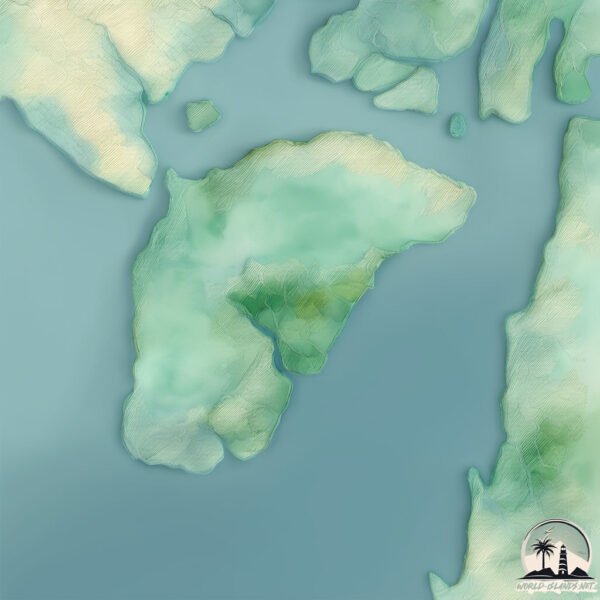Welcome to Puna , a Dry island in the South Pacific Ocean, part of the majestic Pacific Ocean. This guide offers a comprehensive overview of what makes Puna unique – from its geography and climate to its population, infrastructure, and beyond. Dive into the details:
Geography and size of Puna
Size: 43.9 km²Coastline: 50.5 kmOcean: Pacific OceanSea: South Pacific OceanContinent: South America
Puna is a Medium Island spanning 44 km² with a coastline of 50 km.
Archipel: –
Tectonic Plate: South America – A major plate covering the South American continent and part of the Atlantic Ocean, known for the Andes mountain range and significant seismic and volcanic activity.
The geographic heart of the island is pinpointed at these coordinates:
Climate and weather of Puna
Climate Zone: DryClimate Details: Hot Semi-Arid (Steppe) ClimateTemperature: Hot
Climate Characteristics: Features hot summers and mild to warm winters. Receives more rainfall than hot deserts but less than tropical savannas, leading to a somewhat more varied landscape.
Topography and nature of Puna
Timezone: UTC-05:00Timezone places: America/New_YorkMax. Elevation: 196 m Mean Elevation: 22 mVegetation: Deciduous Broadleaf ForestTree Coverage: 64%
The mean elevation is 22 m. The highest elevation on the island reaches approximately 196 meters above sea level. The island is characterized by Plains: Flat, low-lying lands characterized by a maximum elevation of up to 200 meters. On islands, plains are typically coastal lowlands or central flat areas.
Dominating Vegetation: Deciduous Broadleaf Forest
Vegetation: 15 vegetation zones – Exceptionally Diverse Island
Infrastructure and Travelling to Puna
Does the island have a public airport? no .
Does the island have a major port? no .
The mean population of Puna is 10 per km². Puna is Gently Populated. The island belongs to Ecuador .
Continuing your journey, Verde is the next notable island, situated merely km away.
Tour of Puna Hawaii
This is a tour of some of the locations in Puna. Obviously not all locations are mentioned in this video as some areas are still ...
Tour of Puna Hawaii
This is a tour of some of the locations in Puna. Obviously not all ...
This is a tour of some of the locations in Puna. Obviously not all locations are mentioned in this video as some areas are still ...
Landing at the farm on Puna Island
Check out this landing! Its a bit narrow and short but works!
Check out this landing! Its a bit narrow and short but works!
HD2RRC/4 HD2RRC/P Salango Island Puna Island. From dxnews.com
HC2AO, R4WAA, RZ3FW will be active from Salango Island, IOTA SA - 033 ...
HC2AO, R4WAA, RZ3FW will be active from Salango Island, IOTA SA - 033 and Puna Island, IOTA SA - 034, 21 - 30 May 2017 as ...
Ecuador is classified as Developing region: Regions characterized by lower income levels, with economies in the process of industrialization and modernization. The level of income is Upper middle income.
News – Latest Updates and Headlines from Puna
Stay informed with the most recent news and important headlines from Puna. Here’s a roundup of the latest developments.
Loading...
Please note: The data used here has been primarily extracted from satellite readings. Deviations from exact values may occur, particularly regarding the height of elevations and population density. Land area and coastline measurements refer to average values at mean high tide.

